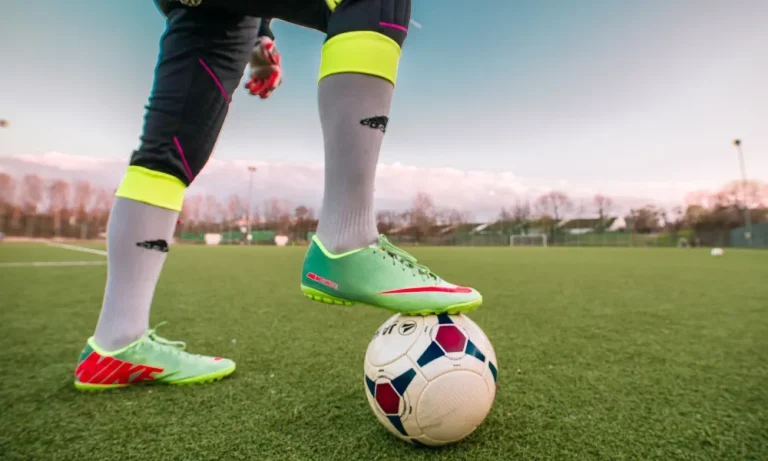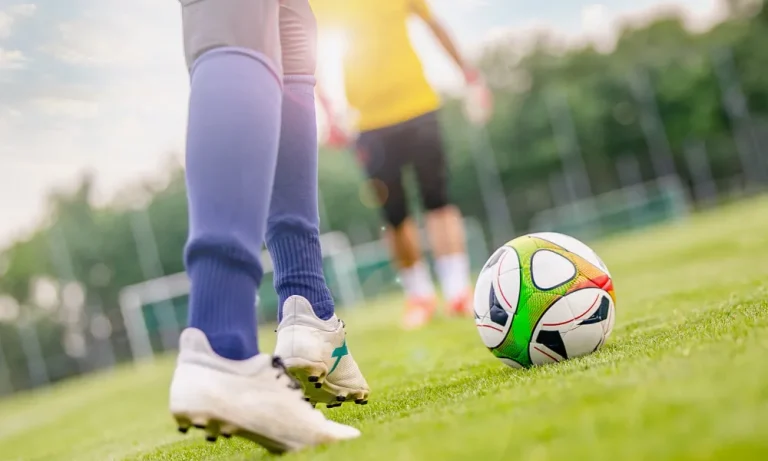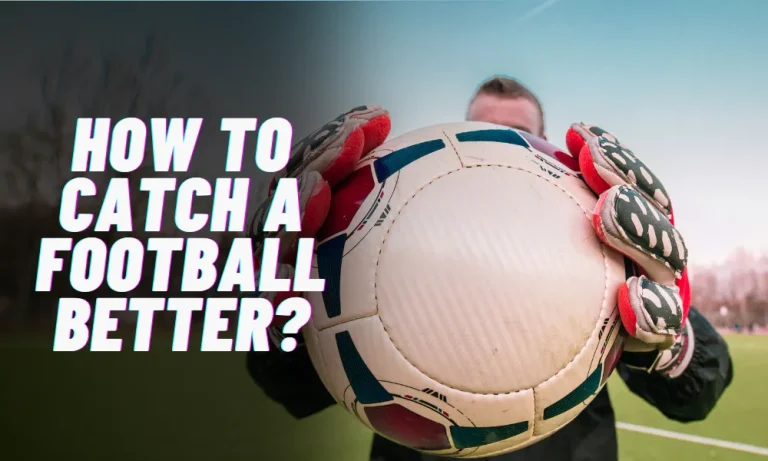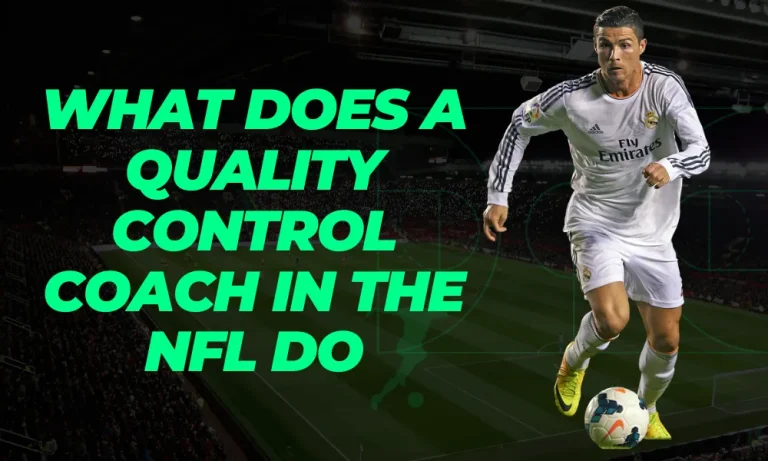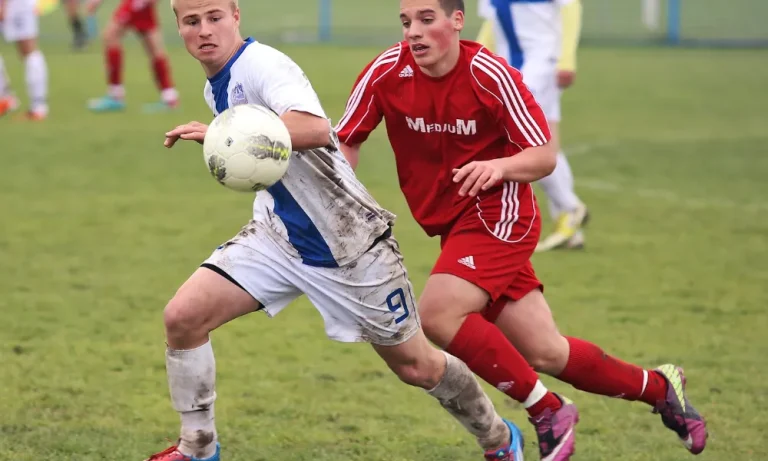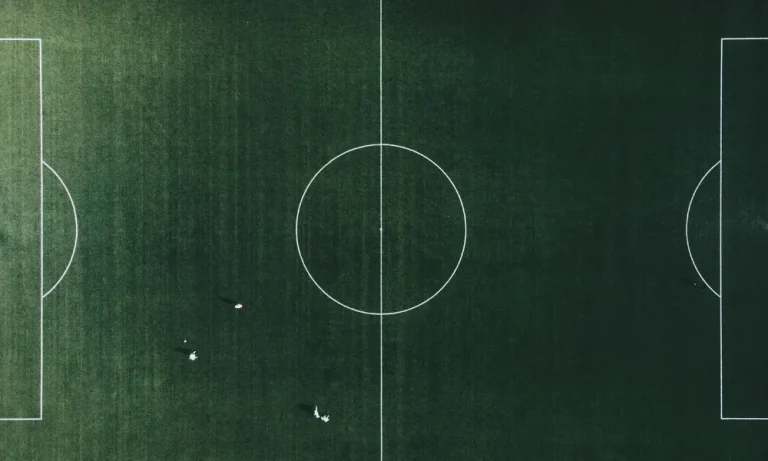How do you put on American football equipment?
Are you ready to step onto the football field and dominate the game? Before you gear up for that intense match, it’s crucial to understand the ins and outs of properly fitting and wearing American football equipment. Whether you’re a seasoned player or just starting out, the right gear can make a significant difference in your performance and, more importantly, your safety.
Understanding the Equipment
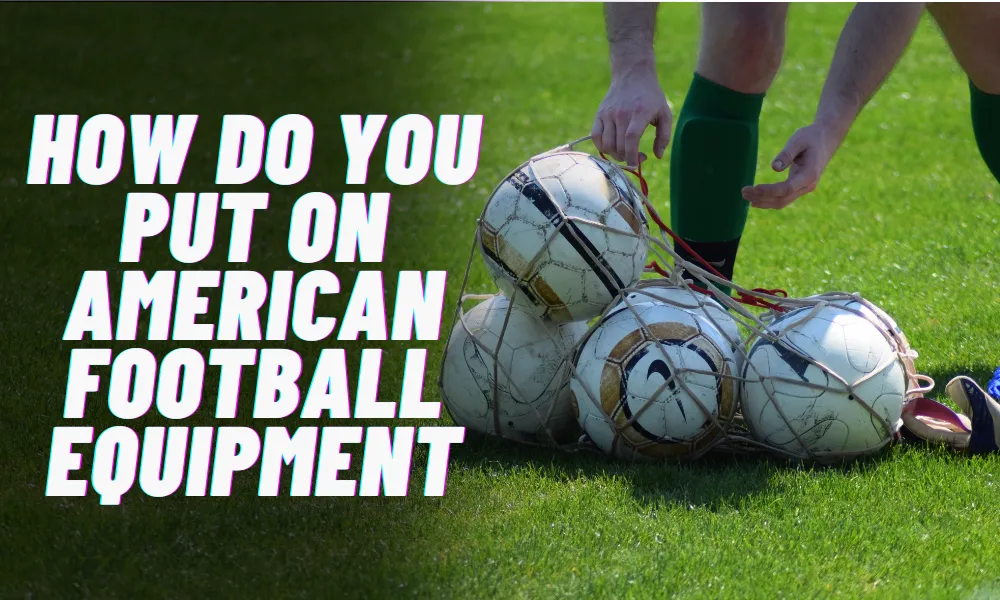
When it comes to American football, there is a wide range of equipment that players need to wear to ensure their safety and performance on the field. Let’s take a closer look at the essential equipment and understand their purpose and function.
1. Helmet:
The helmet is perhaps the most critical piece of equipment in American football. It protects the player’s head from potential head injuries, concussions, and skull fractures. A well-fitted helmet should have a hard outer shell, padding on the inside, and a face mask to shield the face while allowing clear vision.
2. Shoulder Pads:
Shoulder pads are designed to protect the player’s shoulders and upper body. They absorb impact and distribute it across the shoulders, reducing the risk of collarbone, shoulder, and chest injuries. Shoulder pads consist of hard plastic shells, cushioning foam, and adjustable straps for a secure fit.
3. Chest Protector:
A chest protector, also known as a rib guard or chest plate, shields the player’s chest and ribs from potential blows and impacts. It provides an extra layer of protection and helps reduce the risk of broken ribs, punctured lungs, and other chest injuries.
4. Thigh and Knee Pads:
Thigh and knee pads are crucial for protecting the lower body. Thigh pads cover the upper leg, while knee pads safeguard the knees from impact and potential injuries. These pads are typically made of foam or gel and are worn inside the player’s pants to provide cushioning and support.
5. Gloves:
Football gloves offer players better grip and control of the ball. They are often made of sticky materials on the palms to enhance ball handling and catching. Additionally, gloves provide some level of protection for the hands and fingers, reducing the risk of injuries during tackles or collisions.
6. Cleats:
Cleats are specialized footwear designed for traction and stability on the football field. They have spikes or studs on the soles, allowing players to grip the ground firmly, change direction quickly, and maintain balance during intense gameplay. Properly fitted and suitable cleats can help prevent slips and falls.
Helmet Fitting
Wearing a properly fitted helmet is an absolute must when it comes to player safety in American football. A well-fitted helmet provides crucial protection for the head and can significantly reduce the risk of serious head injuries. Let’s dive into why helmet fitting is so crucial and learn how to put on and adjust a football helmet.
Why is a properly fitted helmet crucial for player safety?
A properly fitted helmet ensures that it sits snugly on your head, providing maximum protection. It should not be too loose or too tight. A loose helmet can shift during gameplay, leaving your head vulnerable to impacts and increasing the risk of concussions. On the other hand, a helmet that is too tight can cause discomfort, restrict your movement, and potentially affect your vision. A secure and comfortable fit is essential for optimal safety and performance on the field.
Step-by-step guide on how to put on and adjust a football helmet:
- Start by loosening the chinstrap and opening the helmet’s rear padding.
- Place the helmet on your head, making sure it covers the forehead and rests just above the eyebrows.
- Adjust the rear padding to ensure a snug fit. The helmet should not move when you shake your head.
- Fasten the chinstrap securely, ensuring it is snug but not overly tight. It should be comfortably touching your chin.
- Check the helmet’s fit by moving your head in all directions. It should feel secure and stable without any excessive movement.
Tips for ensuring a secure and comfortable fit:
- Measure your head circumference accurately to choose the right helmet size.
- Consider getting your helmet professionally fitted for the best results.
- Regularly check and adjust the helmet’s fit throughout the season, as head size and shape may change.
- Choose a helmet with proper ventilation to keep you cool and comfortable during gameplay.
- If you experience any discomfort or notice any changes in the helmet’s fit, consult with a coach or equipment manager to ensure a proper adjustment.
Shoulder Pads
Shoulder pads are an integral part of a football player’s equipment, providing essential protection for the shoulders and upper body. Let’s explore why shoulder pads are crucial, learn how to properly put them on and adjust them, and understand the different types of shoulder pads available.
Why are shoulder pads essential for football players?
Shoulder pads play a vital role in protecting football players from potential injuries during tackles, collisions, and impacts. They absorb and distribute the force of hits across the shoulders, reducing the risk of collarbone fractures, shoulder dislocations, and other upper body injuries. Additionally, shoulder pads provide a sense of confidence and can enhance a player’s performance by allowing them to play fearlessly.
How to properly put on and adjust shoulder pads:
- Start by loosening the straps and opening the pads.
- Slide the shoulder pads onto your arms and position them on your shoulders.
- Make sure the pads cover the tops of your shoulders and extend down to the middle of your chest.
- Adjust the straps to achieve a snug fit that allows for comfortable movement without being too tight or restrictive.
- Secure all the straps, making sure they are evenly tightened and the pads stay in place during gameplay.
Different types of shoulder pads and their pros and cons:
- Cantilever Pads: These pads feature a suspended design that offers excellent protection and mobility. They distribute impact forces evenly but can be bulkier and restrict arm movement slightly.
- Flat Pads: Flat pads provide a low-profile design with good mobility. They are lightweight and allow for a wide range of motion, but may offer slightly less protection compared to other types.
- Air-Management Pads: These pads have air-filled chambers that provide customizable fit and impact absorption. They offer excellent protection and comfort, but may be more expensive than other options.
- Hybrid Pads: Hybrid pads combine different materials and designs to offer a balance between protection, mobility, and comfort. They are versatile and suitable for various positions, but may come at a higher cost.
Chest and Rib Protection
Chest and rib protection is a crucial aspect of football equipment, ensuring the safety and well-being of players during intense gameplay. Let’s delve into the importance of chest and rib protection, learn how to properly wear chest and rib protectors, and gather tips for selecting the right size and fit.
Discuss the importance of chest and rib protection in football:
Chest and rib protection serves as a barrier against direct hits and tackles, safeguarding the vital organs and bones in the chest and ribcage. It helps reduce the risk of fractures, contusions, and other injuries that can result from powerful impacts. By providing an additional layer of padding and support, chest and rib protectors play a significant role in minimizing the potential damage caused by collisions on the football field.
Step-by-step instructions for wearing chest and rib protectors:
- Start by loosening the straps and opening the protectors.
- Slide the chest and rib protectors over your head and position them on your chest and ribcage.
- Ensure that the protectors cover the entire chest area, including the sternum and ribs.
- Adjust the straps and fasten them securely, ensuring a snug fit that allows for comfortable movement without excessive movement of the protectors.
- Double-check that the protectors are properly aligned and do not impede your range of motion.
Tips for selecting the right size and fit:
- Measure your chest and ribcage accurately to determine the appropriate size of chest and rib protectors.
- Consider the level of padding and coverage you require based on your position and playing style.
- Ensure that the protectors fit snugly but do not restrict your breathing or movement.
- Look for adjustable straps and closures that allow for a customizable fit.
- Try on different brands and models to find the one that offers the best combination of comfort, protection, and mobility.
Hip, Thigh, and Knee Pads
Hip, thigh, and knee pads are crucial components of a football player’s protective gear, providing essential coverage and support to these vulnerable areas. Let’s explore the purpose of hip, thigh, and knee pads, learn how to correctly wear and adjust them for maximum protection, and discover recommended materials and styles for optimal performance.
Explain the purpose of hip, thigh, and knee pads:
Hip, thigh, and knee pads serve multiple purposes in football. They help cushion and absorb the impact of tackles and collisions, reducing the risk of bruises, contusions, and fractures. These pads also provide support and stability to the hip, thigh, and knee joints, minimizing the strain and potential injuries caused by sudden movements and changes in direction. By protecting these areas, players can feel more confident and comfortable on the field, allowing them to perform at their best.
How to correctly wear and adjust these pads for maximum protection:
- Begin by loosening the straps and opening the pads.
- Slide the hip pads over your hips, ensuring they cover the bony prominences on the sides.
- Position the thigh pads on the front of your thighs, aligning them with your quadriceps muscles.
- Attach the knee pads securely over your knees, ensuring they cover the patella and surrounding areas.
- Adjust the straps on each pad to achieve a snug fit that allows for comfortable movement without restricting blood flow or mobility.
Recommended materials and styles for optimal performance:
- Look for hip, thigh, and knee pads made from high-quality foam or gel materials that offer excellent shock absorption and durability.
- Consider pads that have moisture-wicking properties to keep you dry and comfortable throughout the game.
- Opt for lightweight and low-profile designs that allow for a full range of motion without hindering agility.
- Seek pads with adjustable straps and closures that enable a customizable fit for maximum comfort and protection.
- Choose pads that meet the safety standards set by football governing bodies to ensure they provide adequate protection.
Gloves and Footwear
Gloves provide several advantages in football, including improved grip, enhanced ball control, and protection for the hands from impacts and abrasions. They help players maintain a secure grip on the ball, making it easier to catch, throw, and hold onto during gameplay. Proper footwear, on the other hand, offers stability, traction, and support.
Football cleats are designed with specialized studs or spikes to provide optimal grip on various playing surfaces, allowing players to make quick cuts and changes in direction without slipping or losing balance.
how to put on football gloves and select the right pair:
- Start by ensuring your hands are clean and dry.
- Slide your fingers into the glove’s finger stalls, making sure each finger fits snugly.
- Pull the glove over your hand, ensuring the palm and back of the glove fit securely.
- Adjust the closure or strap to achieve a comfortable and secure fit around the wrist.
- When selecting football gloves, consider the material, grip, flexibility, and durability to find a pair that suits your position and playing style.
Recommendations for football cleats and their proper usage:
- Choose football cleats that are appropriate for the playing surface (e.g., molded cleats for grass and turf, screw-in cleats for softer ground).
- Look for cleats that provide excellent traction, support, and stability without sacrificing comfort.
- Ensure the cleats fit properly, allowing for a snug yet comfortable feel.
- Regularly clean and inspect your cleats to maintain their performance and longevity.
- Use football cleats only for football activities to prevent excessive wear and tear.
Additional Accessories and Final Checks
In addition to the essential gear, there are other accessories in football that contribute to player safety and comfort. Let’s discuss mouthguards, neck rolls, and chin straps, as well as the importance of completing a final equipment check before each practice or game. We’ll also provide tips for maintaining and caring for football equipment.
Mouthguards are vital accessories that protect the teeth, mouth, and jaw from potential injuries during football. They provide a cushioning effect and help prevent dental fractures or dislocations. Neck rolls, on the other hand, offer additional support to the neck and help reduce the risk of whiplash injuries. Chin straps secure the helmet in place, ensuring a proper fit and minimizing the chances of it shifting or falling off during gameplay.
Performing a thorough equipment check before every practice or game is crucial for player safety. This ensures that all gear is in proper working condition and adequately protects the body. Check for any signs of wear and tear, such as loose straps, worn padding, or damaged helmets. Also, verify that all accessories, such as mouthguards and chin straps, are present and functional.
Tips for maintaining and caring for football equipment:
- Clean and dry equipment regularly to prevent the buildup of bacteria and unpleasant odors.
- Store gear in a well-ventilated area to avoid moisture and mold growth.
- Inspect equipment for damage, such as cracked helmets or torn padding, and replace as needed.
- Follow manufacturer guidelines for maintenance and cleaning specific to each piece of equipment.
- Avoid exposing gear to extreme temperatures or direct sunlight, as it can degrade the quality and lifespan.
FAQs on How to Put on American Football Equipment:
How do I properly put on a football helmet?
Place the helmet on your head, ensuring a snug fit. Adjust the chin strap to secure the helmet in place, with the chin cup centered and snugly against your chin.
How do I put on shoulder pads correctly?
Slip your arms through the shoulder pad straps, ensuring the pads cover your shoulders. Fasten the straps across your chest and back, adjusting for a snug fit without limiting movement.
How do I wear football pants and thigh pads?
Put on the football pants and secure them at the waist. Slide the thigh pads into the designated pockets within the pants, positioning them over your thighs for added protection.
How do I properly wear football gloves?
Slide your fingers into the finger stalls of the gloves, ensuring a snug fit. Pull the gloves over your hands, adjusting for a secure grip and comfortable feel.
How do I lace and wear football cleats?
Lace up your cleats snugly, starting from the bottom and working your way up. Ensure a secure fit without excessive tightness. Double-check the laces before stepping onto the field.
Conclusion
When it comes to American football, wearing and fitting your equipment correctly is non-negotiable. It’s not just about looking the part; it’s about protecting yourself and minimizing the risk of injuries on the field. By following the guidelines provided in this blog post, you’ll be equipped with the knowledge to put on your American football gear like a pro.

